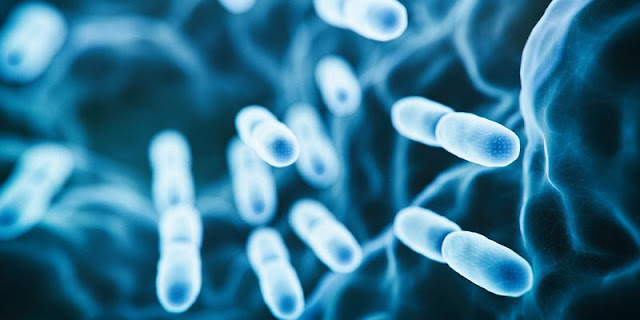The bacteria powering a truly green revolution in personal electronics
Mass.'s AMHERST - University of Massachusetts Amherst researchers recently reported that they had developed a biofilm that could absorb evaporation energy and transform it into electricity. The wearable electronics industry may soon undergo a transformation thanks to this biofilm, which was just described in Nature Communications and may power everything from personal medical sensors to personal electronics.
According to Xiaomeng Liu, a graduate student in electrical and computer engineering at the College of Engineering at the University of Massachusetts Amherst and the paper's primary author, "This is a really intriguing technology." "It is truly green energy, and unlike other purportedly "green energy" sources, the entire process of producing it is green."
This is due to the fact that a genetically altered strain of the bacterium Geobacter sulfurreducens naturally produces this biofilm, a thin sheet of bacterial cells roughly the thickness of a sheet of paper. Electric devices have been powered by "microbial batteries" made of G. sulfurreducens, which is known to create electricity. However, these batteries need G. sulfurreducens to be adequately maintained for and provided a regular diet. This novel biofilm, which can produce as much energy as a battery of comparable size, if not more, however, functions and does so continually because it is dead. Additionally, since it is dead, feeding it is not necessary.
According to Derek Lovley, Distinguished Professor of Microbiology at UMass Amherst and one of the paper's senior authors, "It's far more effective." "By drastically reducing the amount of processing required, we have streamlined the power generation process. We employ the biofilm-like collection of cells once we have grown them sustainably. This reduces energy inputs, simplifies things, and increases the range of possible applications.
This novel biofilm generates energy from the moisture on your skin, which is its secret. Even though we hear about solar energy on a regular basis, at least half of the solar energy that reaches the planet is used to evaporate water. The second senior author of the study and professor of electrical and computer engineering at UMass, Jun Yao, claims that this is a sizable untapped source of energy. The biofilm can "plug-in" and transform the energy trapped in evaporation into enough energy to power tiny gadgets since the surface of our skin is continually wet from perspiration.
Wearable electronics have always been constrained by the power source, claims Yao. Batteries need to be recharged or changed as they deplete. Additionally, they are unwieldy, heavy, and bulky. However, all of these issues can be resolved by a transparent, tiny, flexible biofilm that can be worn as a patch directly on the skin and creates an ongoing and reliable supply of power.
All of this is possible because G. sulfurreducens forms colonies that resemble thin mats, and each individual bacterium communicates with its neighbors via a network of inorganic nanowires. After collecting these mats, the team uses a laser to etch tiny circuits into the films. The films are then encapsulated in a soft, sticky, breathable polymer that you may apply straight to your skin once they have been etched and placed between electrodes. This tiny battery can power small gadgets after it has been "plugged in" to your body.
Yao states that the next stage is to make our films bigger in order to power more advanced skin-wearable electronics, and Liu adds that one of the objectives is to power complete electronic systems rather than just a single device.
The Institute for Applied Life Sciences (IALS) at UMass Amherst supported this study by bringing together the deep and multidisciplinary expertise of 29 departments to transform basic research into solutions that improve human health and well-being.
Materials provided by University of Massachusetts Amherst. Note: Content may be edited for style and length.




Comments
Post a Comment